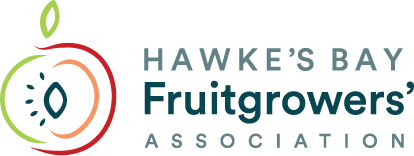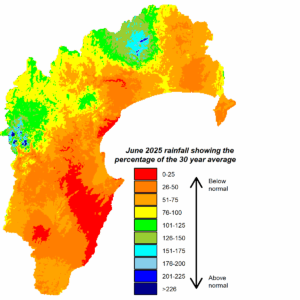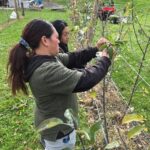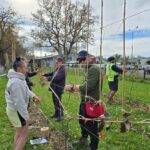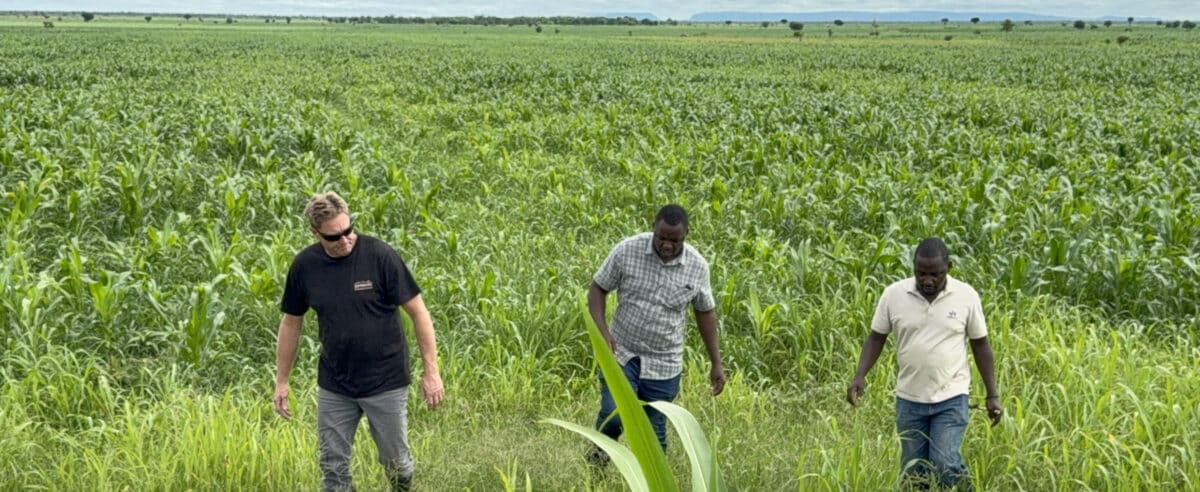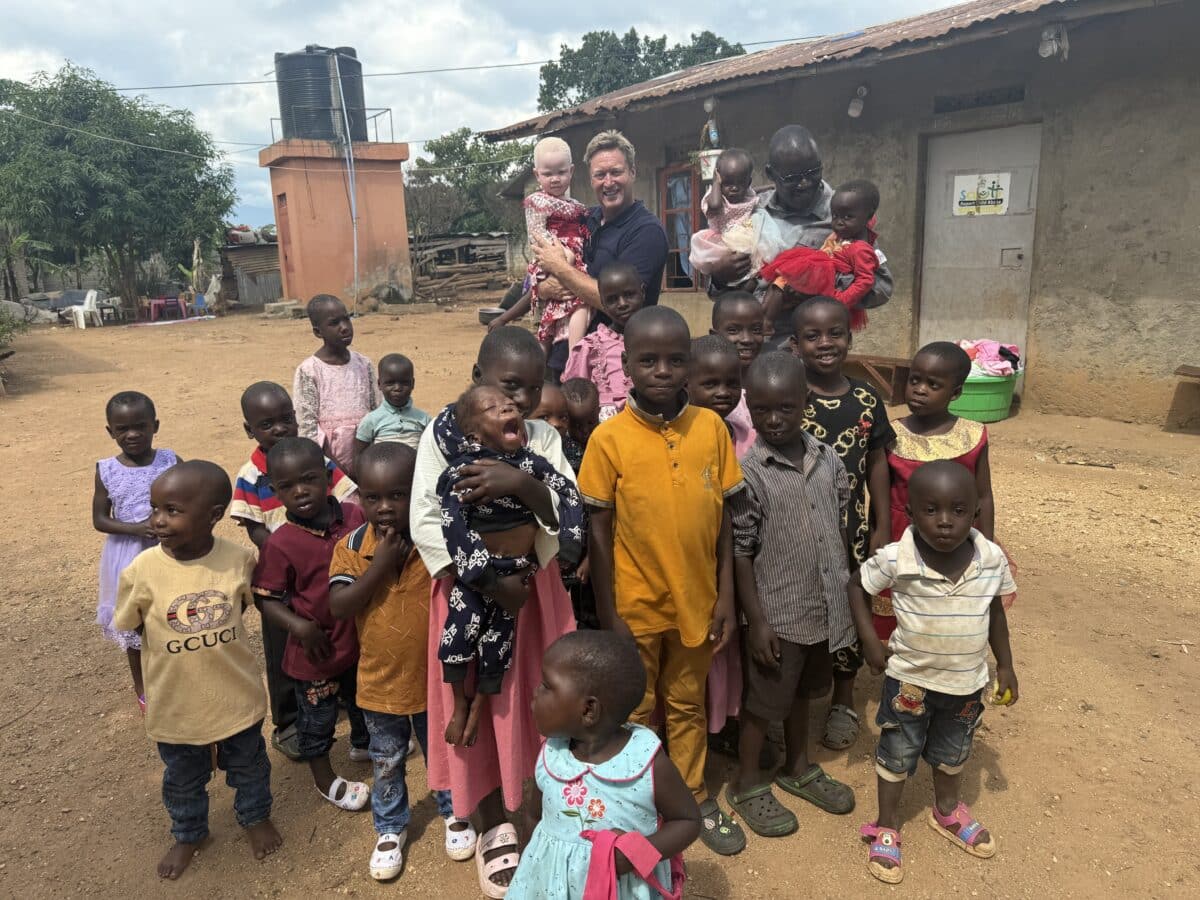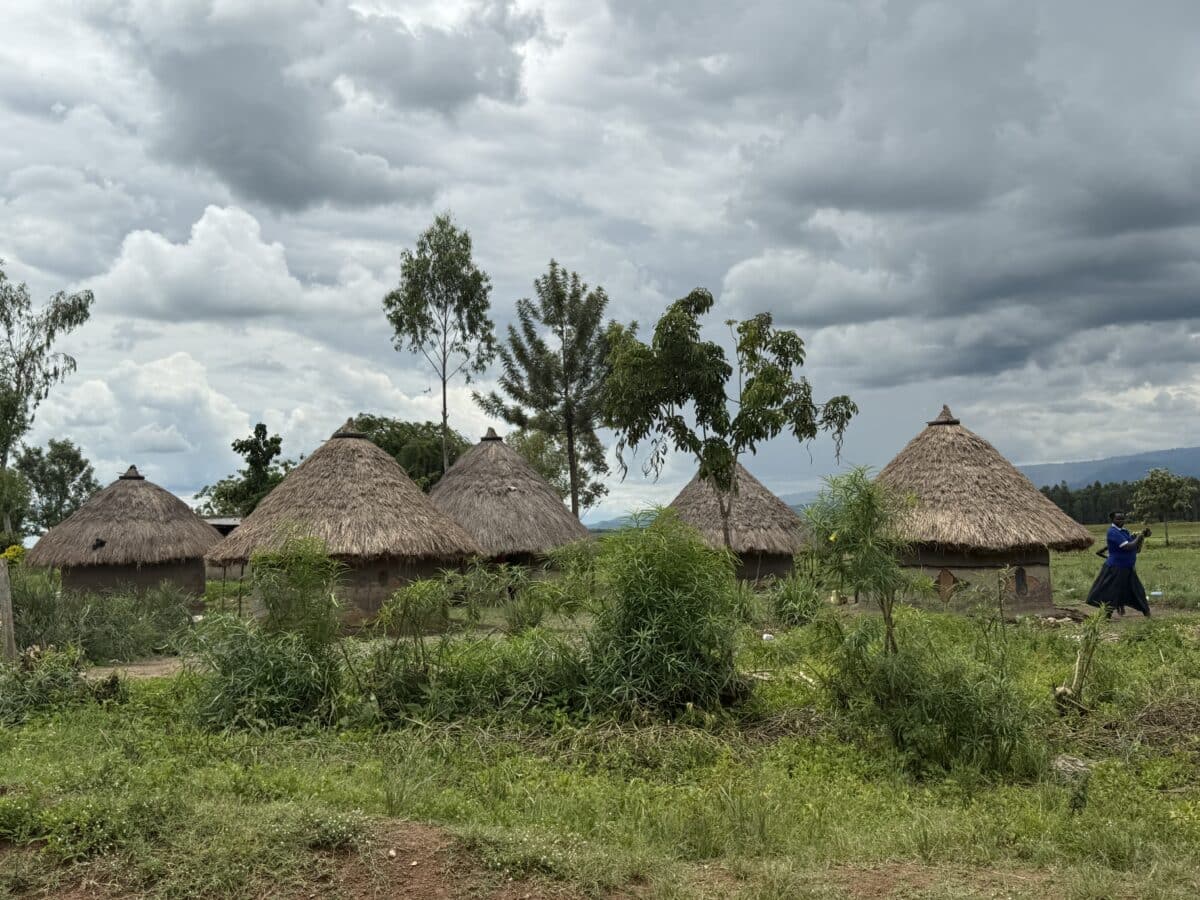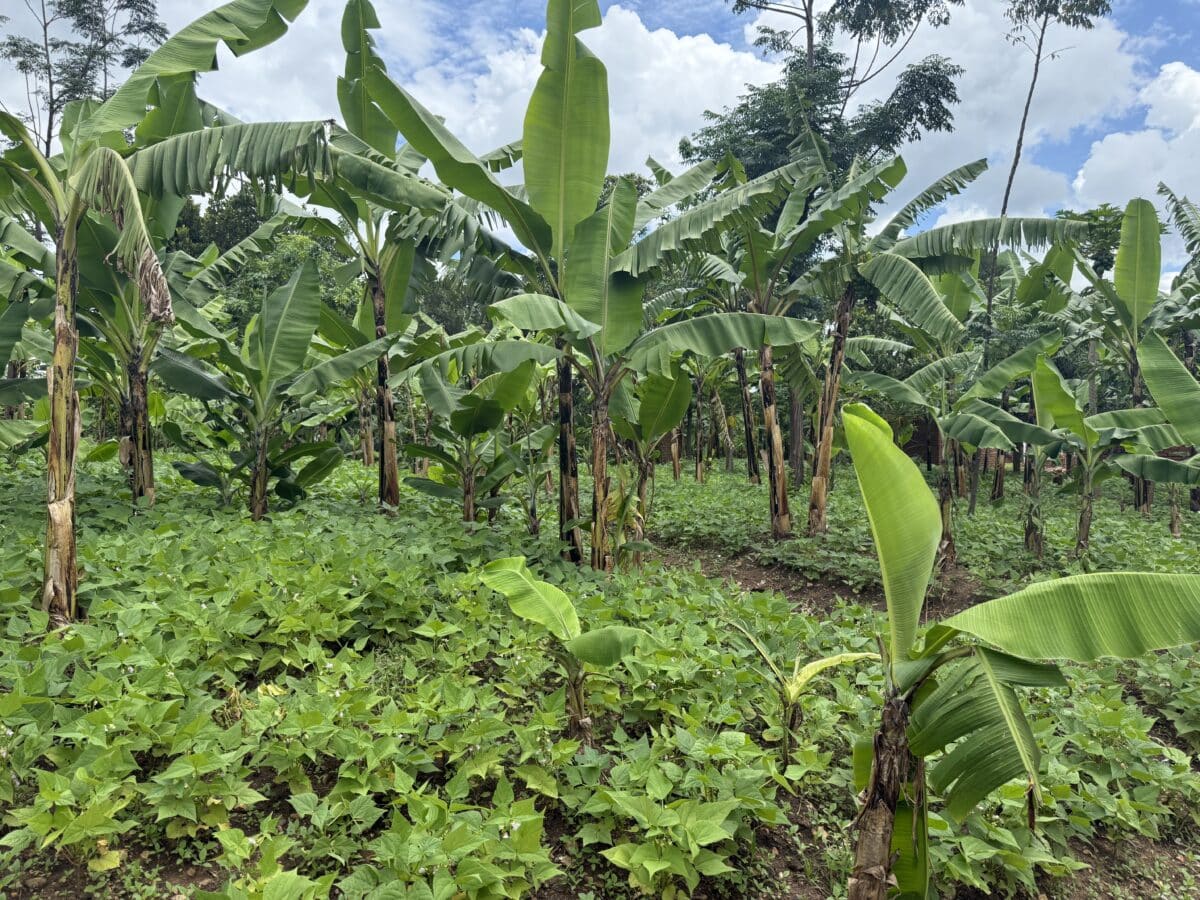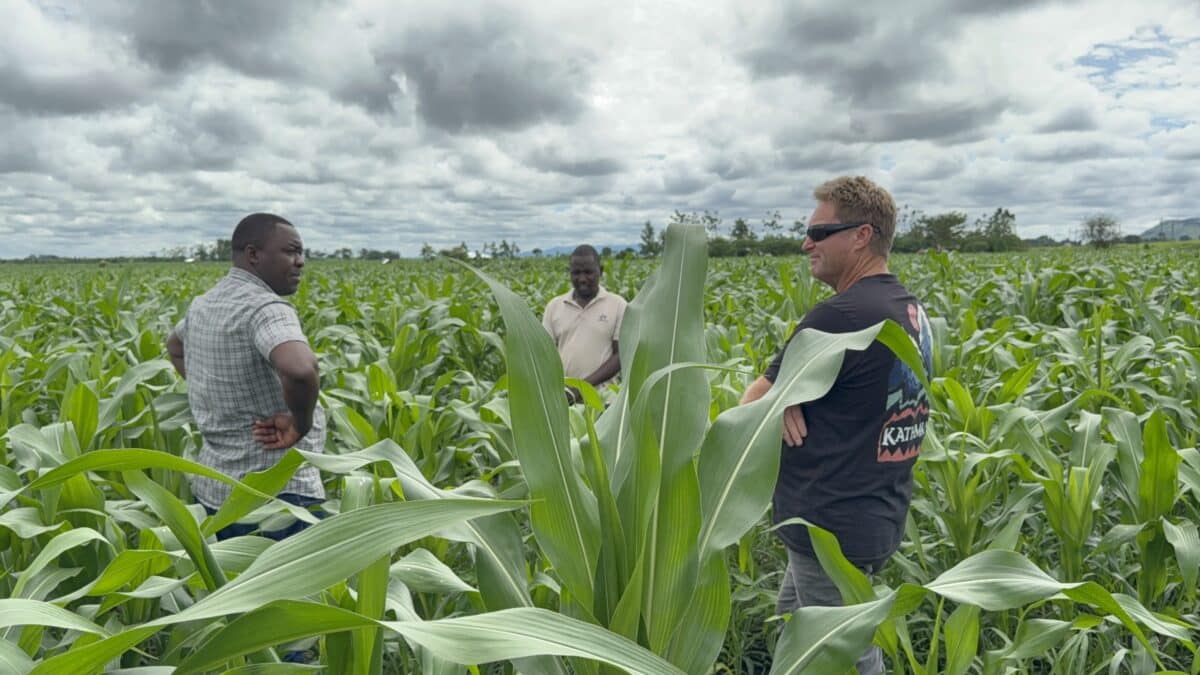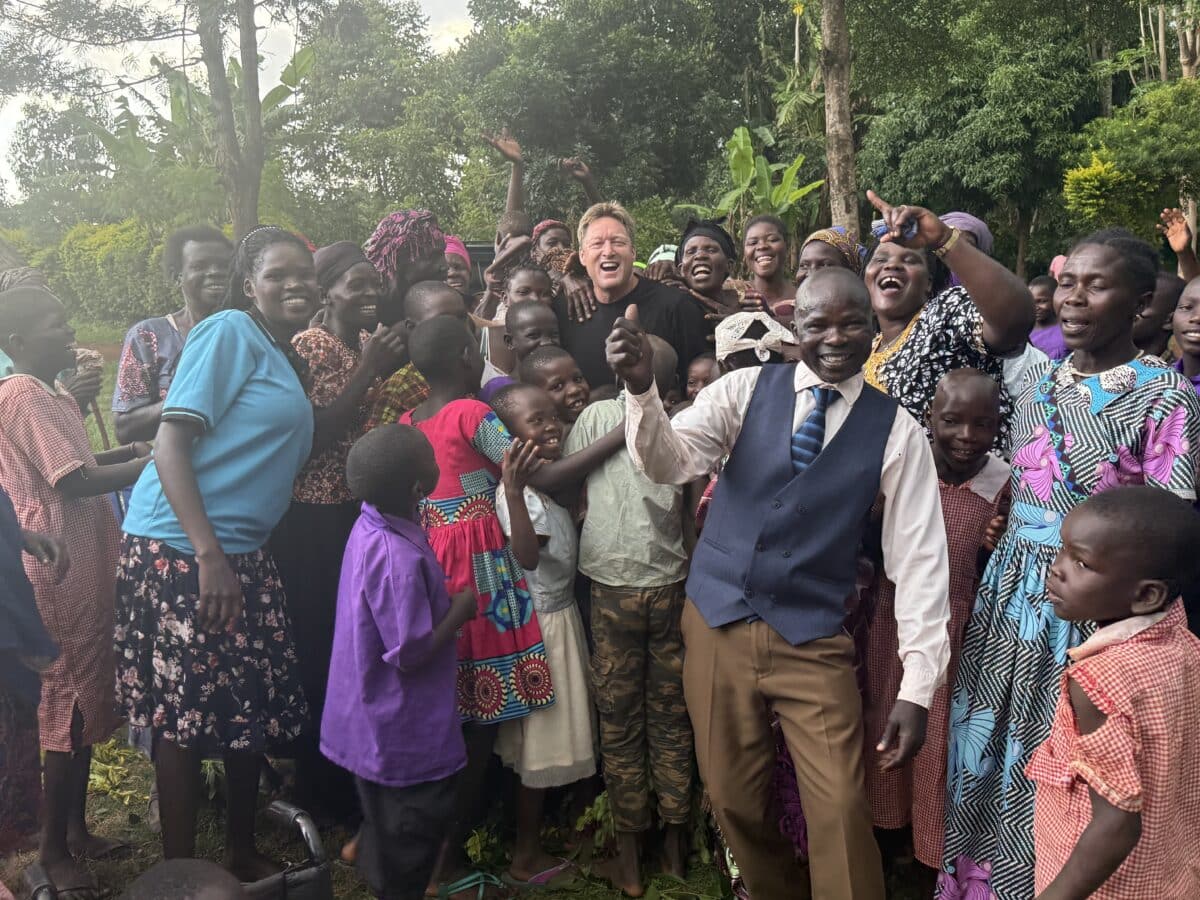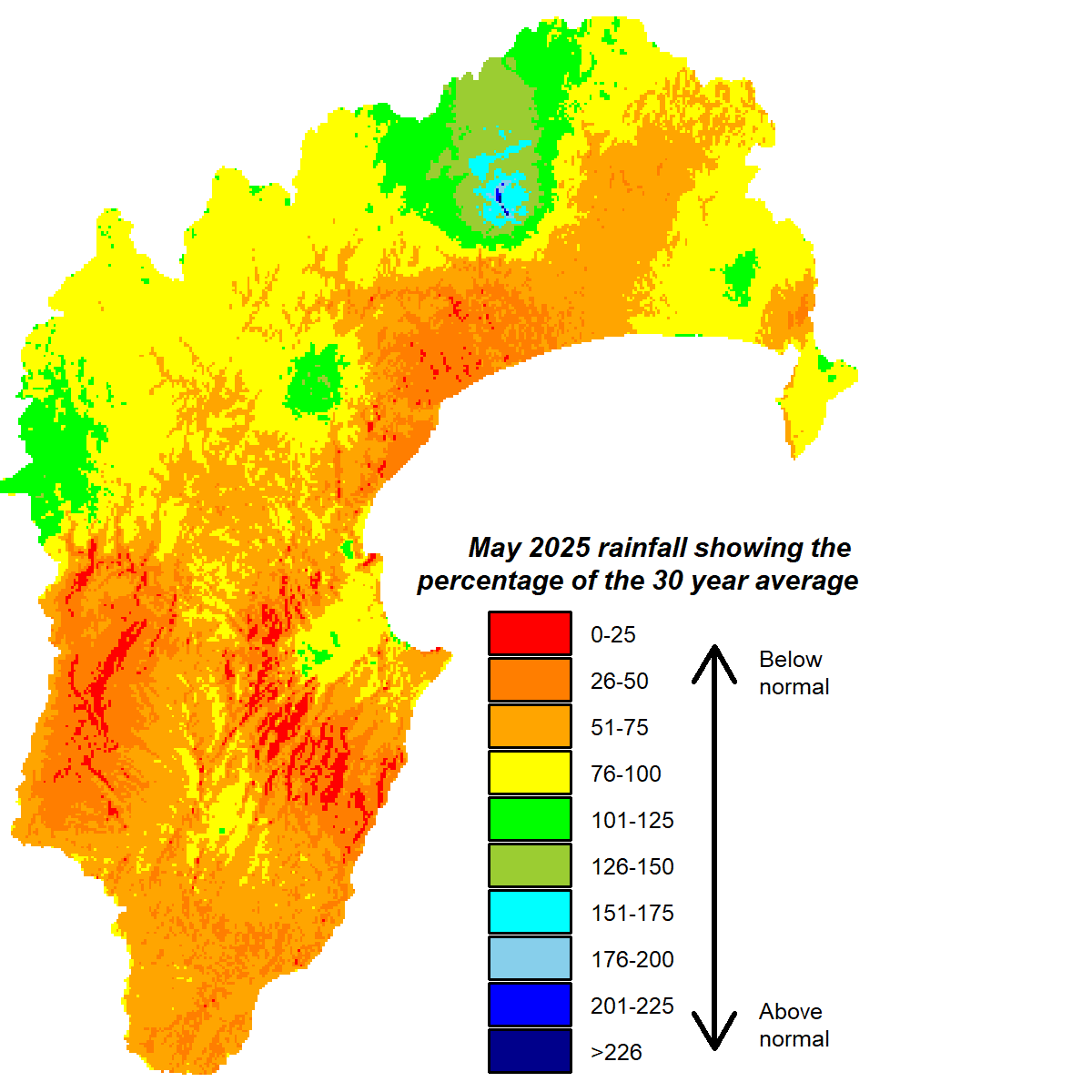Hawke’s Bay Fruit Growers Association Update
Explore, Grow & Thrive – Welcome to July
As July brings its cold snap, we’re reminded once again of the ever-changing climate and the challenges it presents to our industry. Our thoughts are firmly with our Tasman growers and their communities, who have endured not just one, but two weather events in quick succession, and we stand alongside them during this difficult time.
Closer to home, HBFA is looking ahead to some key events that bring our grower community together. We’re excited to confirm dates for a few favorites including, one of our most anticipated events is back! HBFA Golf Day Friday, 19th of September. This year’s event will include a special focus on mentoring and connection, supporting the next generation of industry leaders in a relaxed, social setting. As well as HBFA Fishing Competition Tuesday the 4th of November. Stay tuned for more details, registrations will open soon. These events are more than just a day out, they’re about strengthening our industry ties, supporting wellbeing, and creating space for growers to connect beyond the orchard. We look forward to seeing you there!
Advocating for Growers: Water policy & compliance
HBFA remains active at the policy table, particularly in the complex space of water regulation and compliance. Over the past month, we’ve contributed to critical discussions, supporting industry-wide positions to protect growers’ rights to manage their own water supplies in ways that are practical, affordable, and orchard-fit.
Our message to decision-makers is clear: regulations must be risk-based, proportionate, and realistic. We are committed to ensuring any new policies work with growers not against them. HBFA will continue to represent your voice and work toward fair and sustainable outcomes for our sector.
Wellbeing support: Continuing care for our Growers
We’re pleased to share that HBFA has extended our partnership with Wanda Douglas, continuing her wellbeing support services for another year. Wanda is here for our grower community who needs a confidential ear or guidance, whether it’s personal or work-related stress. Please don’t hesitate to reach out. Her support is available, free of charge, please see below contact details if you need help.
Consultation Reminder
Reminder that consultation on the proposed changes in national direction remains open until midnight on Sunday 27 July 2025. Growers are encouraged share their thoughts on the proposals – either by providing comments to HortNZ or the district associations for inclusion in their submissions, or making their own submissions. Further information is available here: Package 2: Primary sector – Discussion document | Ministry for the Environment; Package 3: Freshwater – Discussion document | Ministry for the Environment
What can you do?
The best thing you can do is join HSW. You can do this by scanning the following QR Code or via the following link: Click here →
Advocacy updates:
Upcoming event: Staff Management Seminar – 23 July
FMG is hosting a Staff Management Seminar to help employers better understand and manage employee-related risks in horticulture and agriculture.
Event Details:
📅 Wednesday, 23 July 2025
🕚 11:00 AM
📍 Foodeast Haumako, 4 Hanuī Road, Hastings
Topics include:
- Loss prevention and claims trends – FMG
- Fundamentals of staff management – No8 HR
- Employment disputes and legal compliance – Kirsty Wallace (Employment Lawyer)
Enjoy a morning tea on arrival, followed by lunch after the session.
Spaces are limited, so please RSVP to advice.services@fmg.co.nz or use the registration link provided. This is a great opportunity to build your knowledge in staff care, documentation, dispute resolution, and workplace compliance.
Thinking about entering the East Coast Ballance Farm Environment Awards? Or just keen to learn more?
We’d love to invite you to one of our upcoming networking functions. These relaxed events are a chance to:
- Hear directly from past entrants and Regional Supreme Winners
- Learn how the programme works (and what it’s really like to take part)
- Connect with sponsors, committee members, and other local farmers and growers
- Ask questions, connect with others, and find out how we can support your entry journey
This programme is about the journey – not just the outcome. It’s an opportunity to reflect on your farming or growing story, celebrate what you’re already doing, and be part of a community that values progress and good practice. This year we’ve also introduced a new initiative – some of our past Regional Supreme Winners have volunteered to act as informal mentors, offering first-hand advice to anyone interested in entering.
Event Details
Hawke’s Bay Function
- WaterForce Hawke’s Bay – 2068 Pakowhai Road, Napier
- Wednesday 24 July
- Doors open at 5:00pm for a 5:30pm start
- Light refreshments provided
RSVP by Monday 22 July
Gisborne Function
- Venue TBC (Gisborne)
- Wednesday 13 August
- Doors open at 1:00pm for a 1:30pm start
- Light refreshments provided
RSVP by Monday 12 August Please RSVP for catering purposes: https://forms.office.com/r/HqBR4QZr7Z
All are welcome – whether you’ve entered before, supported someone who has, or are curious to see what it’s all about! If you have any questions, feel free to get in touch.
Brunch On Us – Connecting Our Grower Community
Take a break from the orchard and join us for a casual morning catch-up over coffee and a bacon buttie. The Brunch On Us series is running across the Heretaunga Plains this month, providing a relaxed space to connect with other growers, share stories, and support one another.
Upcoming Dates & Locations:
- Twyford – Wed 23rd July
Twyford Hall, Thompson Road
- Omahu – Tues 29th July
Shamrock Park, Omarunui Settlement Road
- Bridge Pa – Wed 30th July
Ash Ridge Wines, 2543 State Highway 50
Time: 10:00am – 12:00pm
These events are for owners and managers—no need to register, just turn up.
Questions? Contact: hbadmin@ruralsupport.org.nz
Reach out for support:
If you or someone you know is struggling, don’t hesitate to reach out and connect with Wanda Douglas at 021 1700 506 or wandspsychology@gmail.com. Remember, seeking help is a sign of strength, and we’re here to support each other.
Warm regards,
Callum Ross
Chief Executive Officer HBFA
